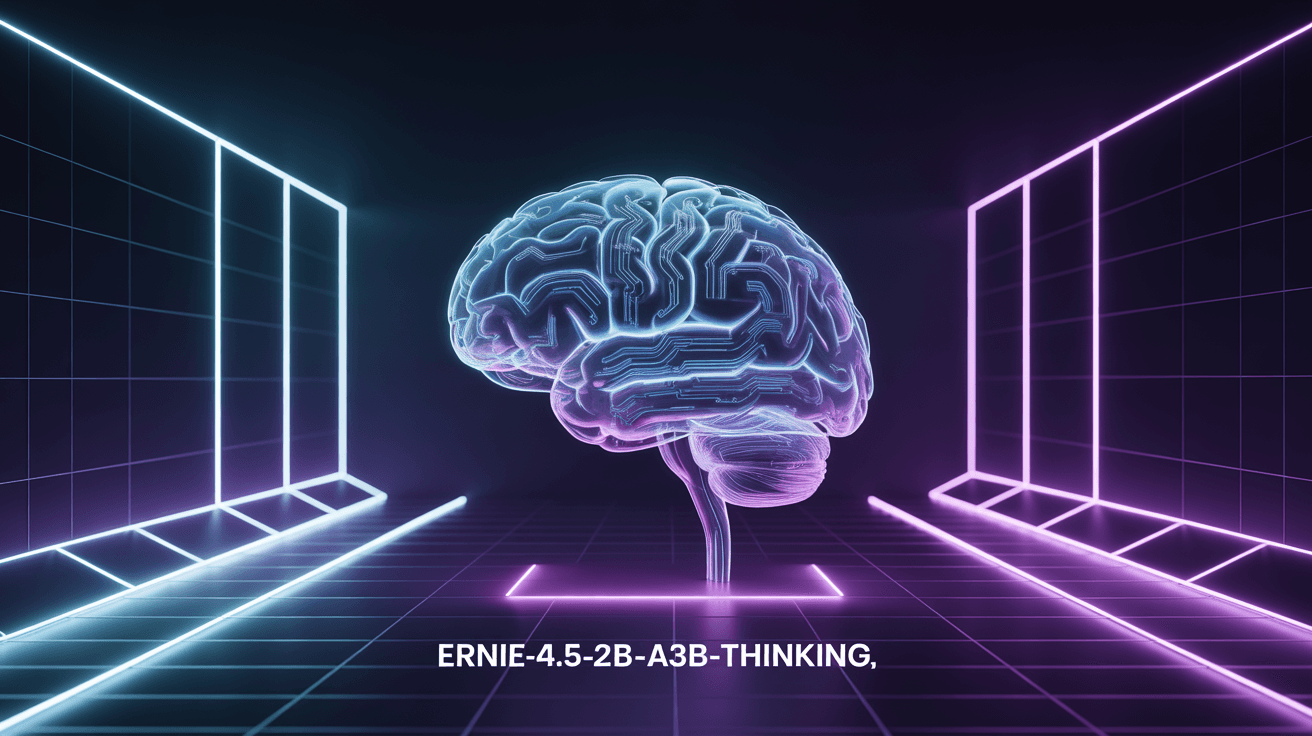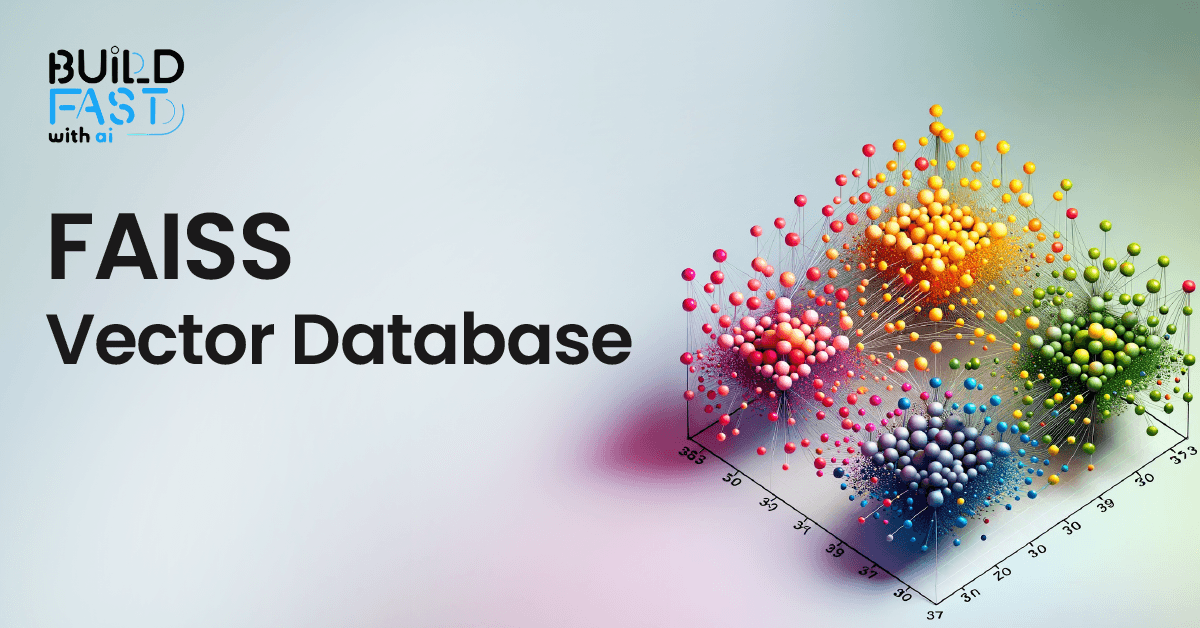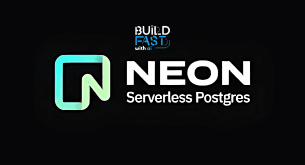ERNIE-4.5-21B-A3B: Baidu’s Compact Reasoning Model Redefining AI Efficiency
ERNIE-4.5-21B-A3B-Thinking is Baidu’s new reasoning-optimized MoE model with 21B parameters (3B active), 128K context, tool functional support, and enterprise-ready deployment. Discover its architecture, performance, and why it’s a game changer.

ERNIE-4.5-21B-A3B-Thinking: Baidu’s Efficient Reasoning Powerhouse
Introduction
In the fast-evolving landscape of large language models, bigger isn’t always better. Baidu’s latest advancement, ERNIE-4.5-21B-A3B-Thinking, challenges the traditional trade-off between scale and efficiency. Designed for deep reasoning, long document understanding, tool/function integration, and lower compute demand per token, it delivers a compelling option for enterprises, developers, and researchers seeking high performance without exorbitant hardware costs.
Understanding ERNIE-4.5-21B-A3B-Thinking
Part of the ERNIE 4.5 model family, made open source under the Apache 2.0 license.
The “Thinking” variant is optimized especially for complex reasoning tasks: mathematics, logic, science, code generation, and academic benchmarks.
Officially released via Hugging Face, Baidu AI Studio, and through its ERNIEKit tooling.
Technical Architecture
Parameters: 21 billion total, but only ~3 billion parameters are activated per token. This Mixture-of-Experts (MoE) design reduces compute per token while maintaining expressiveness.
Experts & Layers: 64 text experts (6 active), 2 shared experts; 28 layers.
Heads: The model uses heads with Q/K/V ratio of 20/4.
Extended Context & Reasoning Support
Context length: Up to 131,072 tokens (≈128K), which allows processing very large documents, extended reasoning chains, and structured multi-file inputs.
Tool & function calling support: It has efficient tool usage capabilities, able to invoke external parsers / tools for reasoning tasks. Useful for workflows combining internal logic + external computation.
Training Strategy & Deployment
Post-training on ERNIE-4.5 base: The “thinking” variant is a post-trained model, meaning it builds upon existing base weights with further fine-tuning / reasoning optimization.
Frameworks & libraries: Compatible with the Hugging Face Transformers library (v4.54+), Baidu’s FastDeploy 2.2, PaddlePaddle / ERNIEKit, vLLM, etc.
Licensing: Released under Apache 2.0. Open for research & commercial use (subject to usual compliance with local laws)
Performance Highlights
In benchmarks requiring reasoning (logic, mathematics, coding), the “Thinking” model shows significantly improved performance over previous non-thinking variants in its class. Hugging Face+2PR Newswire+2
Compared to similar models with far larger activated parameter counts, it offers much of the reasoning benefit while being more resource efficient.
Use Cases & Enterprise Value
Large document comprehension: Legal documents, technical research papers, literature, and long reports can be processed in full due to the 128K context window.
Code generation & mathematics: With strong reasoning support + tool usage, tasks requiring multi-step logic or external validation/ computation are feasible.
Cost efficient deployment: Because only a fraction of parameters are active, fewer GPU resources are needed compared to dense models, enabling organizations with moderate hardware to leverage strong reasoning.
Limitations & Considerations
Although 3B active params reduce inference cost, still non-trivial hardware requirement—deploying may need high memory GPU (80GB+ for some cases) especially for long context, depending on quantization/optimizations.
Not every use case needs reasoning at this depth—simpler tasks might be overkill.
As with all models, careful evaluation needed with real downstream data to check for bias, safety, hallucination, especially for logic/science tasks.
Why This Matters
Shows that high reasoning performance does not always require fully dense ultra-large models.
Signals growing favour for sparse / Mixture-of-Experts architectures in production contexts.
Demonstrates open-source strategy: Baidu making strong AI reasoning accessible to many.
Conclusion
ERNIE-4.5-21B-A3B-Thinking is a leap forward in balancing model size, reasoning capacity, and deployment practicality. For organizations and individuals needing strong logical reasoning, long-context understanding, and tool integration, it's a compelling choice.
As AI evolves, the trend will likely be more models like this—smart design + specialization rather than sheer scale.
===================================================================
Master Generative AI in just 8 weeks with the GenAI Launchpad by Build Fast with AI.
Gain hands-on, project-based learning with 100+ tutorials, 30+ ready-to-use templates, and weekly live mentorship by Satvik Paramkusham (IIT Delhi alum).
No coding required—start building real-world AI solutions today.
👉 Enroll now: www.buildfastwithai.com/genai-course
⚡ Limited seats available!
===================================================================
Resources & Community
Join our vibrant community of 12,000+ AI enthusiasts and level up your AI skills—whether you're just starting or already building sophisticated systems. Explore hands-on learning with practical tutorials, open-source experiments, and real-world AI tools to understand, create, and deploy AI agents with confidence.
Website: www.buildfastwithai.com
GitHub (Gen-AI-Experiments): git.new/genai-experiments
LinkedIn: linkedin.com/company/build-fast-with-ai
Instagram: instagram.com/buildfastwithai
Twitter (X): x.com/satvikps
Telegram: t.me/BuildFastWithAI
AI That Keeps You Ahead
Get the latest AI insights, tools, and frameworks delivered to your inbox. Join builders who stay ahead of the curve.
You Might Also Like

How FAISS is Revolutionizing Vector Search: Everything You Need to Know
Discover FAISS, the ultimate library for fast similarity search and clustering of dense vectors! This in-depth guide covers setup, vector stores, document management, similarity search, and real-world applications. Master FAISS to build scalable, AI-powered search systems efficiently! 🚀

7 AI Tools That Changed Development (November 2025)
Week 46's top AI releases: GPT-5.1 runs 2-3x faster, Marble creates 3D worlds, Scribe v2 hits 150ms transcription. Discover all 7 breakthrough tools.

Serverless PostgreSQL & AI: NeonDB with pgvector
Explore how NeonDB, a serverless PostgreSQL solution, simplifies AI applications with pgvector for vector searches, autoscaling, and branching. Learn to set up NeonDB, run similarity searches, build a to-do app, and integrate an AI chatbot—all with efficient PostgreSQL queries! 🚀

